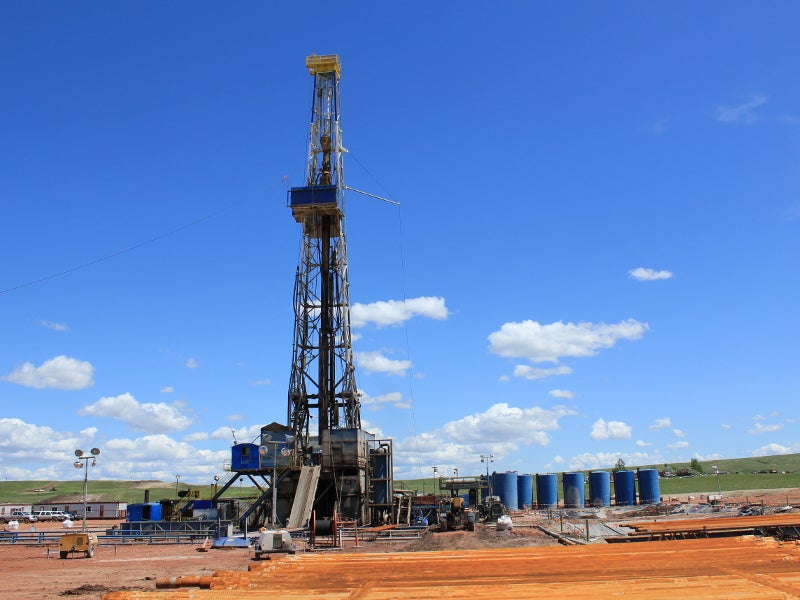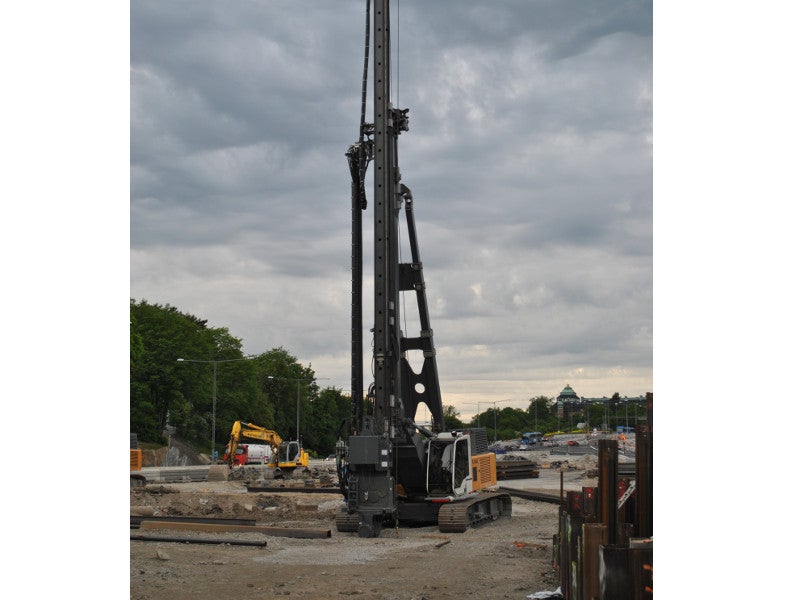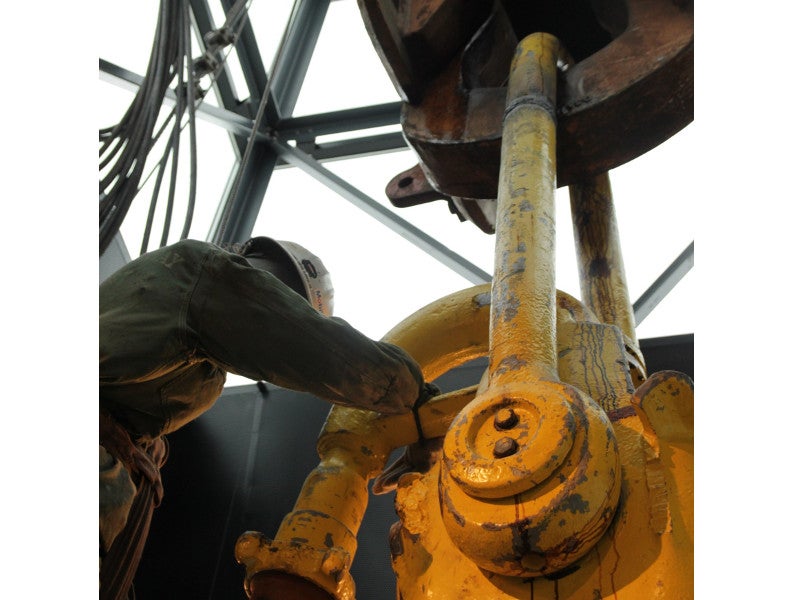Tilapia oil field lies in the Lower Republic of the Congo Basin offshore the Republic of the Congo.
The field is jointly owned by Anglo African Oil and Gas (AAOG, 56%) through its wholly-owned subsidiary Petro Kouilou (PK) and Société Nationales des Pétroles Congolais (SNPC) (44%). AOOG serves as the operator.
PK was granted a new 25-year license by the Government of the Republic of the Congo in April 2019.
Tilapia oil field location and reserves
Tilapia oil field is located approximately 1.8km offshore the Republic of the Congo. The field spans across 50km² and is situated close to Point Noire and 17km from the nearest refinery. Lying in a prolific oil-producing region, it is estimated to contain P90 reserves of 7.6 million barrels in the existing R1/R2 horizons.
Tilapia oil field development details
The Tilapia oil field is developed from an onshore site, with its production and storage facilities also located onshore. It started production in 2007 at an initial rate of 942 barrels of oil per day (bopd) before declining due to an increase in bottom-hole pressure.
The field currently produces 39-41 API light sweet crude oil from two wells, TLP-101 and TLP-102, in the shallow R1/R2 reservoirs at a rate of 38bopd. AAOG is applying enhanced oil recovery techniques to improve production from the two wells.
The company completed two successful workovers for the wells in April 2019. The workovers included re-perforation and acidisation of the R1 and R2 reservoirs via the TLP-102 well, as well as installation of a progressive cavity pump (PCP) over the R2 reservoir in the TLP-101ST well.
The workovers are expected to bring TLP-102 into production for the first time, along with an increase in the production from TLP-101 to up to 400bopd.
The TLP-102 well is planned to be used as a water injector to TLP-101 based on the results of the stimulation exercise carried out in 2018.
Exploration activities at Tilapia
Seismic studies carried out by AAOG have indicated the presence of hydrocarbons in the Mengo and Djeno sands, as well as Vandji formation, which lie below the pre-salt layer of the field. The formations were not explored earlier due to the unavailability of extraction techniques.
AAOG spudded the TLP-103 well in August 2018 to explore the formations. At a depth of 290m, a thief zone was encountered by the well, causing the rig to shift by 50cm on its pads. The TLP-103 well was abandoned as it was considered unsafe to continue drilling at the same site. It was re-spud as TLP-103C well, which is located 95m north-west of the 103 well.
TLP-103C was a multi-target well drilled to a depth of 2,683m by the SMP-102 rig, which is a hydraulic-powered Dreco drilling rig constructed in 1996. The well encountered 56m of oil columns across multiple horizons, including the Mengo and Djeno reservoirs, and produced oil with an API of 43o from the Djeno reservoir.
Drilling activities at the TLP-103C well were completed in January 2019.
Future development activities
The TLP-103C well is planned to be brought into production by blending the production from the R2 and Mengo reservoirs via a double completion, with a one-off frack used for the latter. It is expected to produce at a rate of 1,500bopd during the initial 14-18 months. A long-term production rate of 400bopd is expected to be achieved from the well.
AAOG plans to drill another well, TLP-104, to test the Djeno reservoir, as well as the Vandji formation. Results from the TLP-103C well will be used to improve the design of the TLP-104 well to achieve optimum production levels from the Djeno reservoir.
The existing seismic data illustrates the presence of a single four-way dip closure trap in the Djeno reservoir. Additional seismic results and data will be used to develop a full field development plan for the Mengo and Djeno reservoirs, which will also require modifications to the existing topside facilities.
AAOG also aims to further develop the field by implementing a six to eight well programme.
Contractors involved
Add Energy’s drilling and well operations division was contracted to provide well management services, while the drilling contract was awarded to SMP Drilling.
Schlumberger was awarded an integrated services management (ISM) contract for providing drilling support services.
Ocean Express was the specialist transport contractor for delivering the rig, while Slick Line was awarded a turnkey contract to carry out swabbing exercise at the Tilapia oil field.










